SIMON VOET AND BOTTEGA
DIMENSIONS 196 X 143 CM
HERCULES THE LEGEND
After performing his legendary twelve labors, Heracles (Hercules) went to King Eurytus to ask him for the hand of his daughter Iole as promised.
Eurytus denied him his daughter and Heracles, in the usual fit of fury, killed Ifito, who was the only one of Eurytus's sons to consent to the hero's wedding with his sister.
To atone for this execrable crime, as it was committed in the guest's house, Heracles turned to the oracle of Delphi, but the Pythia refused to give him any responses.
Here, too, Hercules showed his fury and devastated the sanctuary, so much so that Apollo intervened and a fierce fight broke out between the two.
But Apollo was a God and Hercules a demigod, so in the end Apollo would prevail, so Jupiter intervened in order not to lose his son and put an end to the fight, then begged the Pythia to do her job and this reluctantly left the response.
She prophesied to Hercules that in order to atone for her he had to serve as a slave for 3 years, to break pride, suppress anger and learn humility.
When Hercules was condemned by the Oracle to sell himself as a slave to atone for the murder, Onfale, who knew the hero and his great deeds well, bought him for 3 talents (in the ancient "ponderal" monetary system, each talent was equivalent to about to 26 kilograms of silver: then Hercules was paid by weight of silver.
Queen Onfale, daughter of King Lardano of Libya, placed Hercules among her handmaids, dressed as a woman, to do housework and to serve.
The hero spent about a year subject to the whims of the Queen of Lydia, for his impious action, wearing maid's clothes, forced to spin wool and sew with his enormous hands, victim of the derision of the other maids and of the Queen herself .
The hero par excellence, divine and human at the same time, strong, handsome and virile, after having engaged his immeasurable strength in defending the weak and the oppressed and in carrying out feats useful to men, was now deprived of freedom, deprived of his symbols of manhood (Onfale seized the lion skin he wore, and used it as a carpet) and ridiculed in a role that contradicted his sexuality.
During the first year of slavery, Onfale had as his only delight to subdue the male with the power of seduction: Hercules, submitting to the magic of Eros, and slave of the senses, saw his virile principle debased to a purely phallic plane and was overcome by torment of love that was the synthesis and metamorphosis of the frustration and humiliations suffered.
The subsequent evolution of the relationship of slavery saw Queen Onfale make Hercules her lover / her slave, with whom she had three children. In addition, Hercules carried out three orders for her:
1) capture the two Cercopi brigands
2) kill Sileo, who forced people to work his vineyard
3) to kill Litierse, who forced the travelers to harvest his field and then killed them.
After 3 years, Hercules was free again
Simon Vouet was born on January 9, 1590 in Paris. His father Laurent was a painter in Paris and taught him the rudiments of art. Simon's brother Aubin Vouet was also a painter, as was Simon Virginia da Vezzo's wife, their son Louis-René Vouet, their two genera, Michel Dorigny and François Tortebat, and their nephew Ludovico Dorigny.
Simon began his career as a portrait painter. At the age of 14 he went to England to paint a commissioned portrait and in 1611 he was part of the entourage of Baron de Sancy, French ambassador to the Ottoman Empire, with the same purpose. From Constantinople he went to Venice in 1612 and in 1614 he was in Rome.
He remained in Italy until 1627, especially in Rome where the Baroque style was becoming dominant. He received a pension from the King of France and among his patrons were the Barberini family, Cassiano dal Pozzo, Paolo Giordano Orsini and Vincenzo Giustiniani. He also visited other parts of Italy: Venice; Bologna (where the Carracci family had their academy); Genoa (where, from 1620 to 1622, he worked for the Doria princes); and Naples.
He was a natural academic, who absorbed what he saw and studied, and distilled it into his painting of him: the dramatic illumination of Caravaggio; Italian mannerism; the color and from below up or foreshortening by Paolo Veronese; and the art of Carracci, Guercino, Lanfranco and Guido Reni.
Vouet's immense success in Rome led to his election as president of the Accademia di San Luca in 1624. His most important official commission of the Italian period was an altarpiece for St. Peter in Rome (1625-1626), which was destroyed sometime after 1725 (although fragments remain.)
In response to a royal summons, Vouet returned to France in 1627, where he was appointed Premier peintre du Roi. Louis XIII commissioned portraits, cartoons for tapestries and paintings from him for the Palais du Louvre



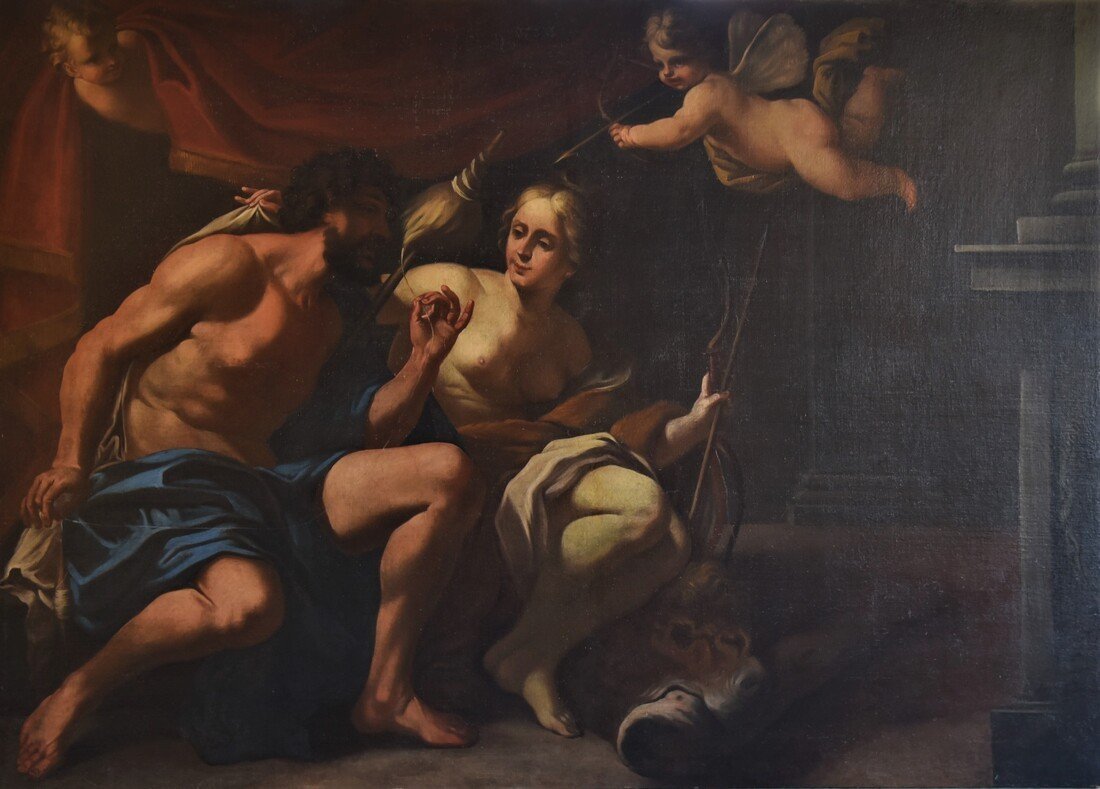

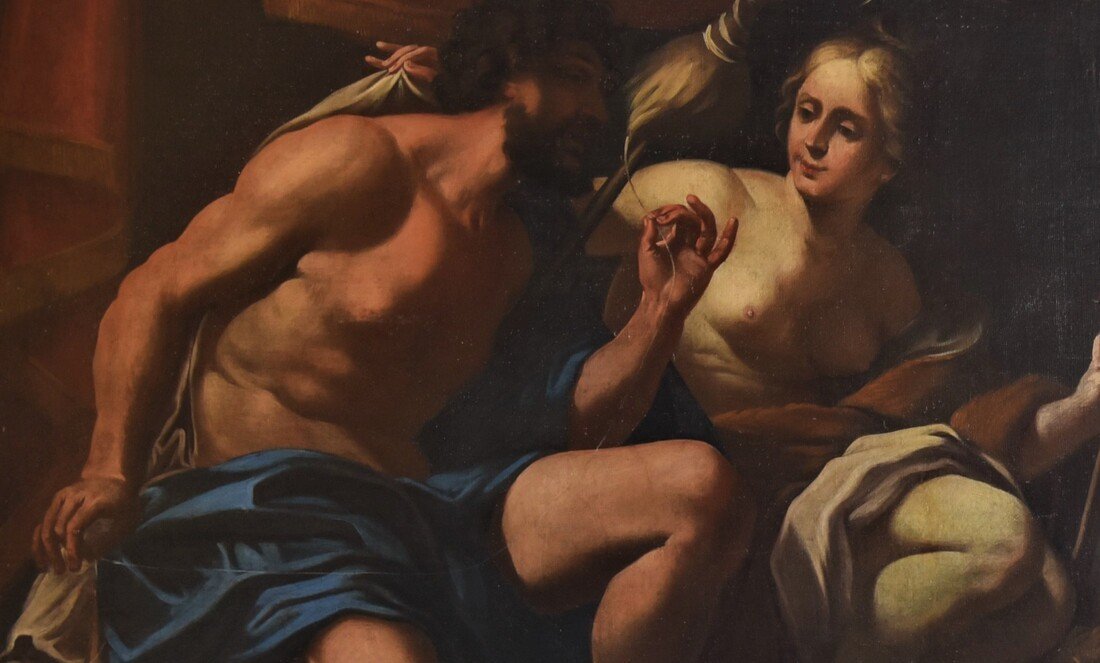


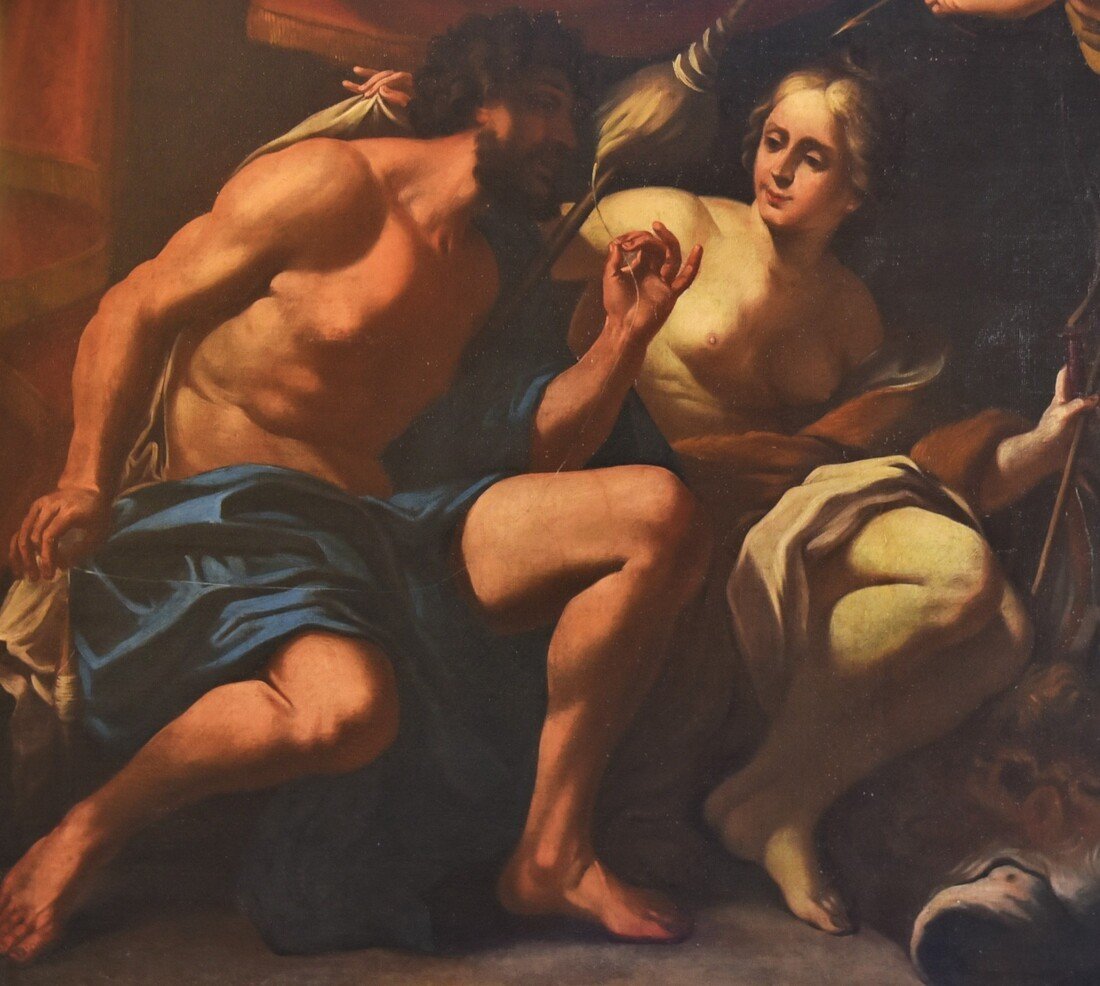

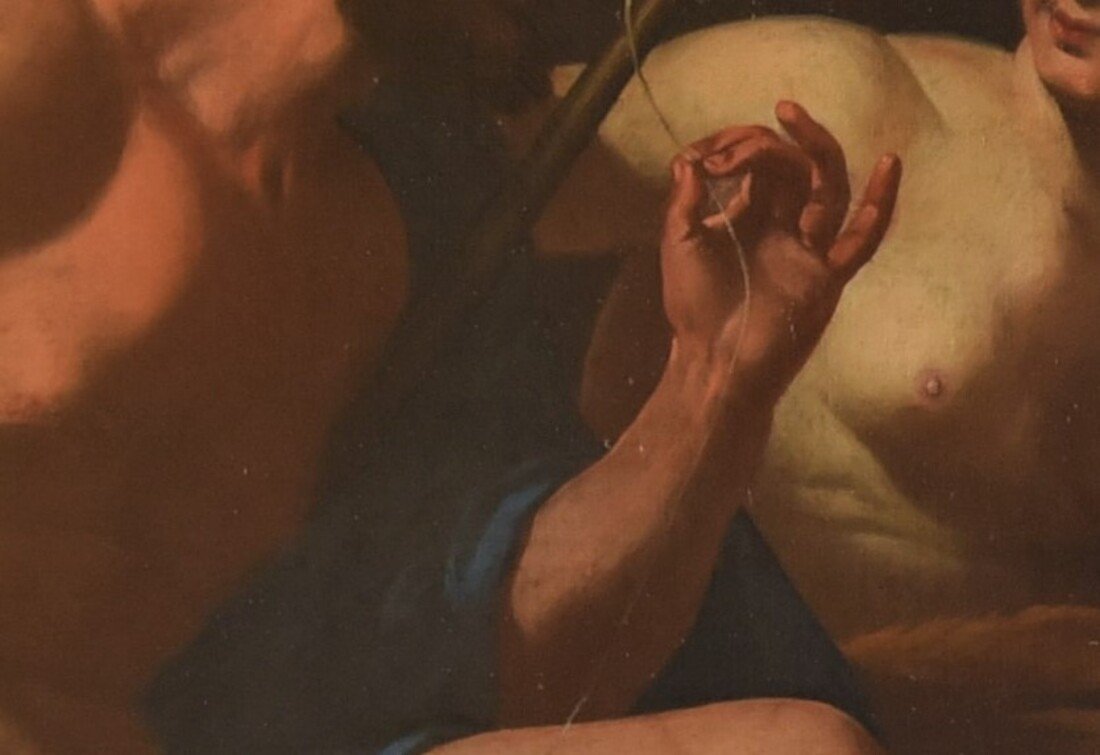

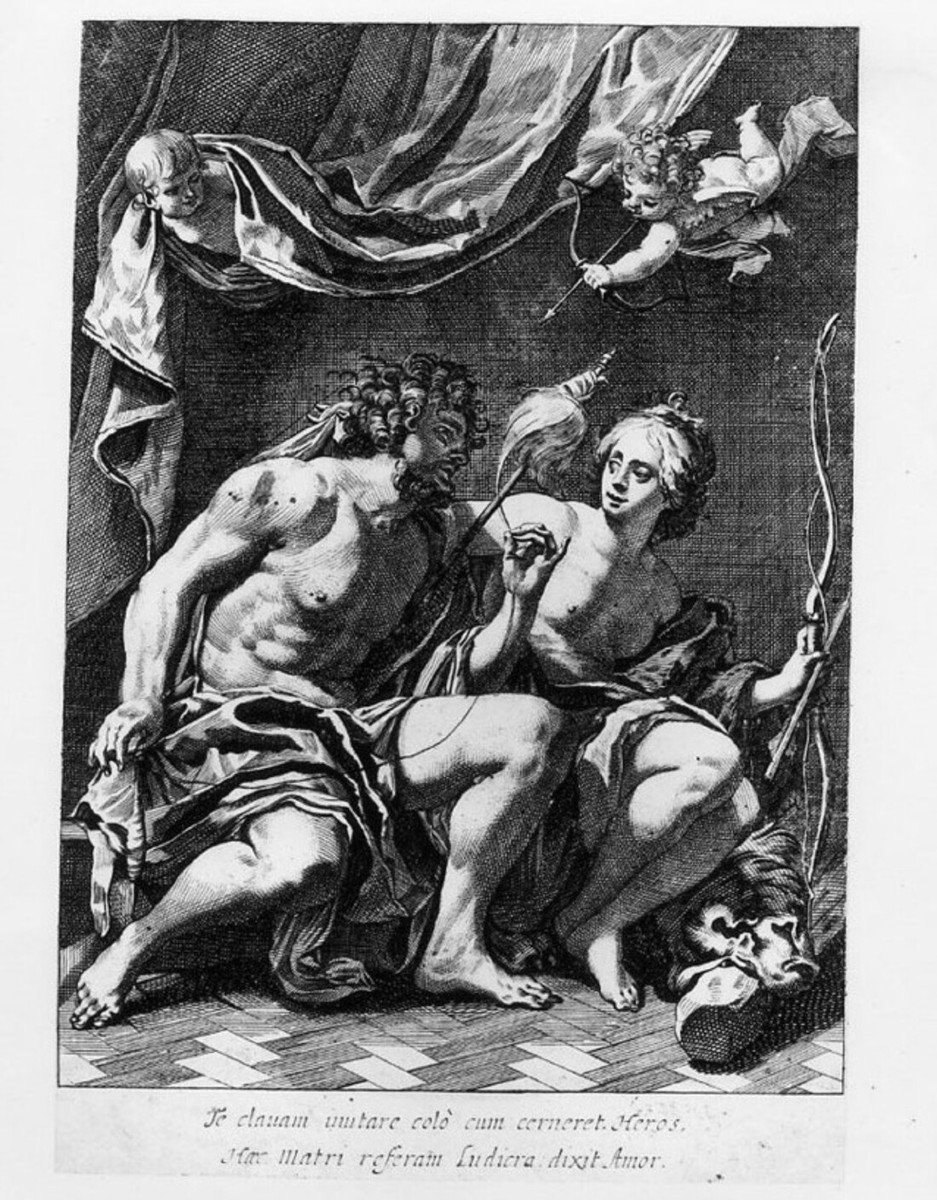

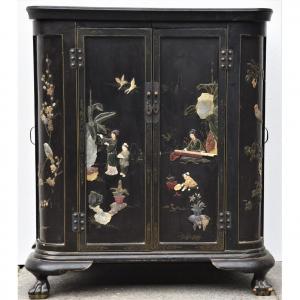
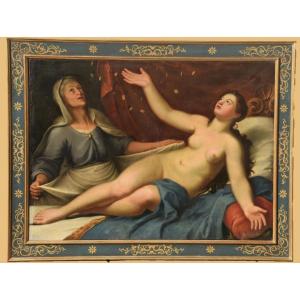
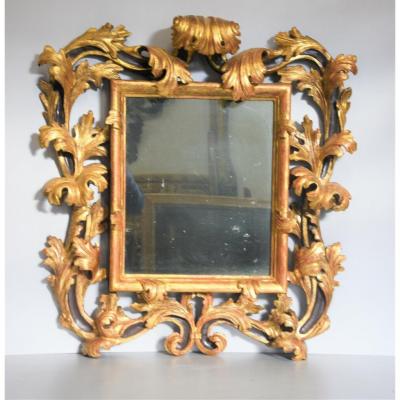


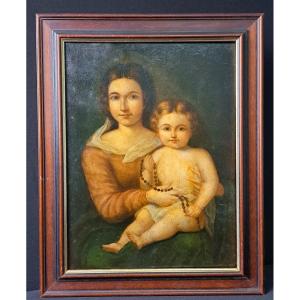

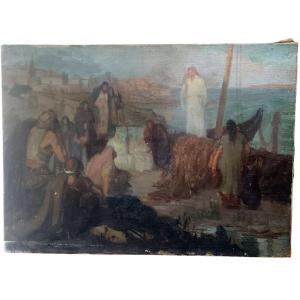
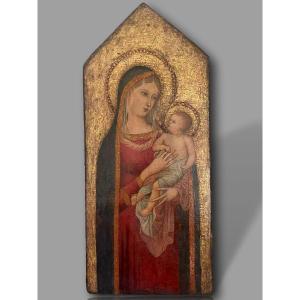

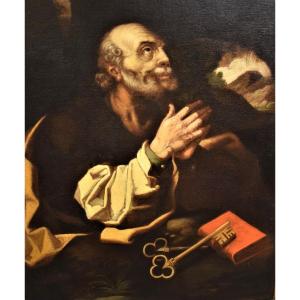



 Le Magazine de PROANTIC
Le Magazine de PROANTIC TRÉSORS Magazine
TRÉSORS Magazine Rivista Artiquariato
Rivista Artiquariato
